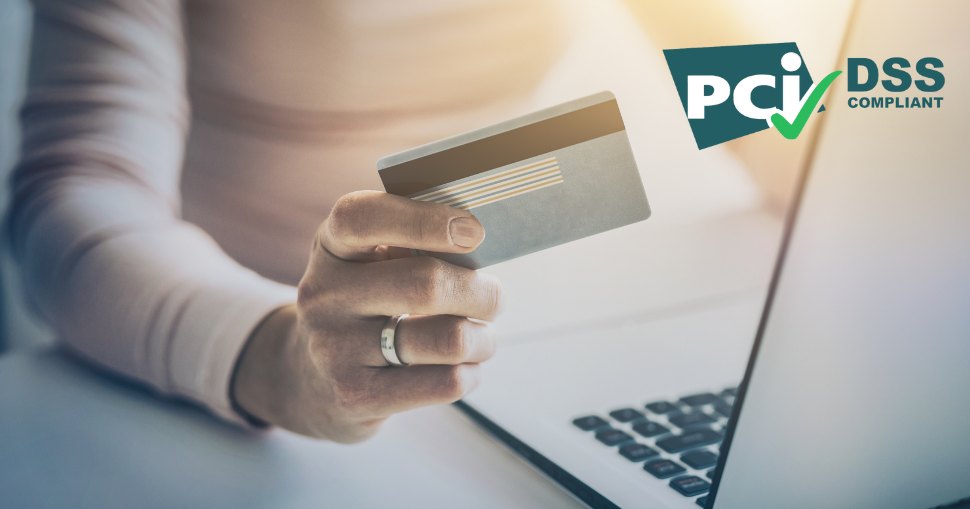Put yourself in your customer’s shoes. How often have you spent time selecting products carefully, loading them into your shopping cart, proceeding to the checkout process just to be stopped in your tracks? First, you must register or remember your username. How many accounts do you have on the Internet, and how many of them do you remember? Then you have to prove that you’re human then blah blah blah blah. At some point, you just can’t be asked any longer. It’s a miracle that anything gets sold.
According to The Baymard Institute, only 31% of customers convert through checkout. That means 69% of customers you worked so hard to attract to your site do not manage to purchase anything. Let that sink in a bit. These are customers at the bottom of your funnel, ready to purchase but they can’t or don’t. Needless to say, it’s a waste.
Let’s look at how you might be able to change this.
Check out your conversion analytics
You can only fix something once you know where the bottlenecks are. Most ecommerce sites follow the product page > cart > personal details > delivery > payment > transaction complete process. Even if you’re using another analytics tool, download Google Analytics. The sheer volume of helpful guides they publish will help you build or improve your conversion funnel. Set up the tag manager to track interactions between form elements. It will help you track dropouts on particular devices and help you identify which forms cause problems. While you’re at it, set up the Google Analytics ecommerce conversion alerts that will alert you when there are any broken forms on your site.
Live chat to the rescue
Why do stores in the physical world bother to employ assistants? Because they work. If a customer needs help choosing a product or hits a snag while they’re trying to pay, the assistant is there to sort it out. If it works offline, it works online as well. Livechat will help customers who can’t find their account on the system or battle with a payment. It also allows customers to email you should you be offline. Everybody wins.
Don’t force customers to sign up
All the marketing gurus will tell you to live for expanding your database. The bigger the base, the bigger your market. Well, that’s not necessarily true. A massive base that’s not segmented is about as bad as not having one. As a result of this misnomer, companies will do just about anything to get customers’ names and details. Just stick to this principle. If a customer gets to your checkout page, manages to pay and receives the product they’re likely to remember you. Especially if you offer to send them an invoice via email. Then it makes sense for them to share their email address with you. Otherwise, it doesn’t. So stop asking people to sign up and provide lists of their details to make your marketing efforts easier. It doesn’t work for them, and it doesn’t serve you either.
Be honest and upfront
Reveal all costs upfront on your product pages. Include shipping costs and anything else that will affect the final amount your customer has to pay. That way, the user knows what he’s in for, and there’s no disappointment when it comes to checkout. If you can afford it offer free shipping and returns. It creates trust and loyalty in customers. It also makes checkouts much simpler.
Display the fact that you offer secure payments right on your home page. It’s the first thing customers look for before they even start shopping.
Keep users on the checkout page
If customers change their minds about a product or how many they want to buy, offer an opportunity to change their order on the checkout page. Avoid taking them away from the checkout page for any reason.
Single-page checkout pages also convert much more than multiple pages. So keep the order summary, billing information and card details on a single page.
Support cart abandonment
Before you think we’re mad, hear us out. Mobile commerce is growing, but conversion rates are very low on mobile. Users often browse on their mobiles and save the details to complete purchases on their desktop. Sometimes users browse on mobile when they don’t have the funds to purchase. They save selected products to come back to later when they’re ready to check out. No amount of discounts and coupons will convert these shoppers to make a purchase immediately. Why not help them return to their carts with a ‘Save for later’ or’ remind me option’? It makes sense to ask if they want to be reminded via email or mobile number here. Now you can send them reminder messages and even extra promotions since they’ve asked you to.
If you’re looking for seamless payment solutions that will help you convert, speak to Truevo. We offer various products and services to suit your needs. Get in touch with us today we can’t wait to make hay with you.



